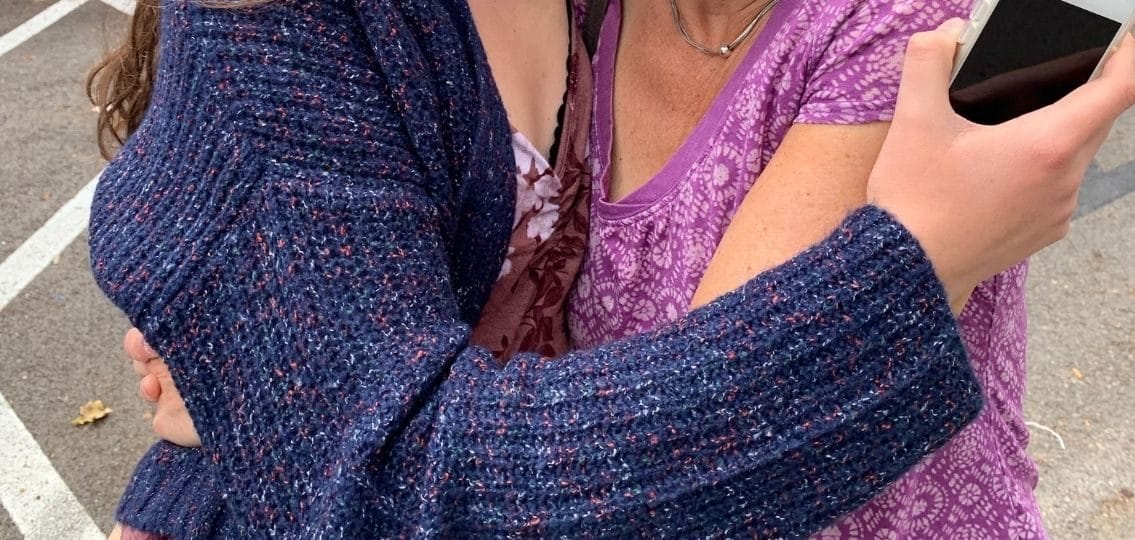It was easy to cuddle your toddler. She cuddled you right back and often stayed for more. In elementary school, she still wanted a hug before you left her with the babysitter or before she headed to school. But, as your son or daughter turns into a teenager, navigating parental affection can be more difficult.
Dr. Laura Markham, editor of AhaParenting.com, advises parents to move past the discomfort and remember how integral hugs and other displays of affection are to a teenager’s development.
“Part of parenting is being physically connected with our kids when they’re little,” Markham says. “As kids get older, it’s not a matter of us separating from them. It’s a matter of us finding new, appropriate ways to connect with them.”
But for many parents, it can feel awkward to display parental affection and hug a teenager who is physically much more an adult—and perhaps snarly and snarky at that—than the boy or girl we once cuddled on our laps.
“Parents should check in with themselves and note their own discomfort. Often it’s because they may not have gotten physical affection when they were teenagers. But don’t put that onto your child,” says mental health counselor Laurie A. Couture, author of Instead of Medicating and Punishing.
The Importance Hugging Your Teen
There’s a saying that a child needs four hugs a day for survival, eight for maintenance, and 12 for growth. So, how do you give your teenager 12 hugs a day?
“Always hug your teenager when you first see him in the morning,” Markham advises. Markham always started her children’s days with hugs. It didn’t matter if both parties were grumpy. She also hugged them before they left for school.
“I would go over to them if they were headed out the door and intercept them,” she remembers.
That brings the count to two. Markham also recommends another hug when you see them for the first time later that day and before bedtime. Still, those hugs only hit the “survival” level on the scale. To reach the remaining eight, Markham suggests discovering different ways to connect with your teenagers.
How to Demonstrate Parental Affection
“Find little excuses,” Markham says. “Give them a kiss on the top of the head. Hold hands at the dinner table. If your kid is having a hard time, sit next to them and put your arms around them.”
If you grew up in a home where physical affection wasn’t common, then this may not come easy. Start slow. “It can even be small gestures, like putting a hand on the child’s arm and leaning in and making eye contact when you’re talking,” Couture says. “Boys like to be talked to in the car, where they don’t have to make eye contact. So, just reach out and touch them on the shoulder.”
These moments of physical connection should include an emotional component too, adds Couture. She also makes it a point to hug her 19-year-old son every morning. “It’s not just giving a mechanical hug. Start with a simple, ‘How was your day?’ or ‘How are you doing?’ These intimate times need to be focused on the moment.”
Although some teens, especially girls, will be physically affectionate with friends, it doesn’t make up for a lack of physical affection from their parents.
“Parental touch is safe, and therefore irreplaceable,” Markham says. “When kids don’t get enough healthy parental touch, they go looking for love in all the wrong places.”
That can include premature sexual relationships that teenagers aren’t ready for, as well as substance abuse.
“We have an unspoken fear that we’re crossing a boundary when we’re physically affectionate with our adolescents,” Couture says. “And, kids feel awkward, so they push the parents away. But, really, in the adolescent years, children are the most vulnerable and most in need of the parent’s affection. There is nothing wrong with it.”




